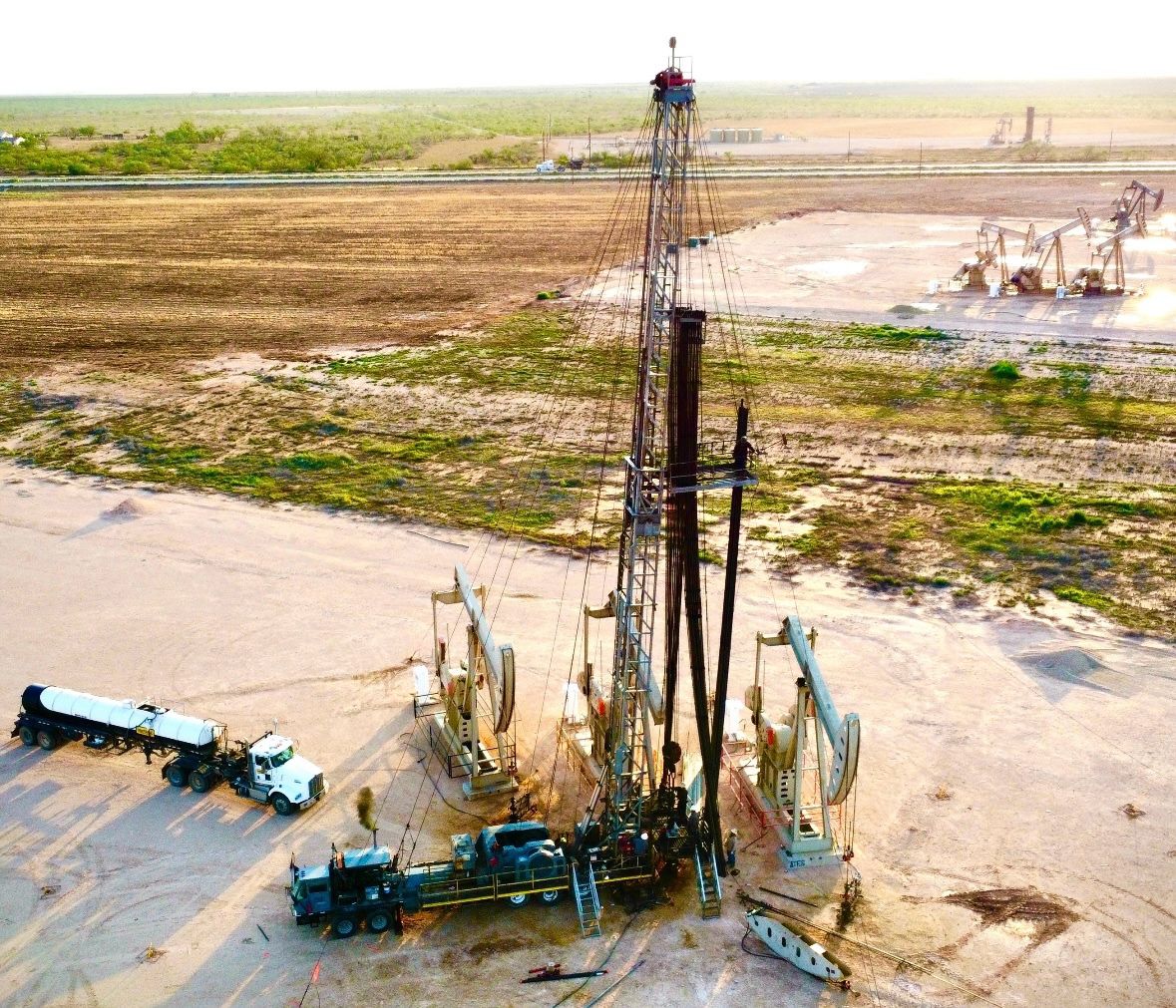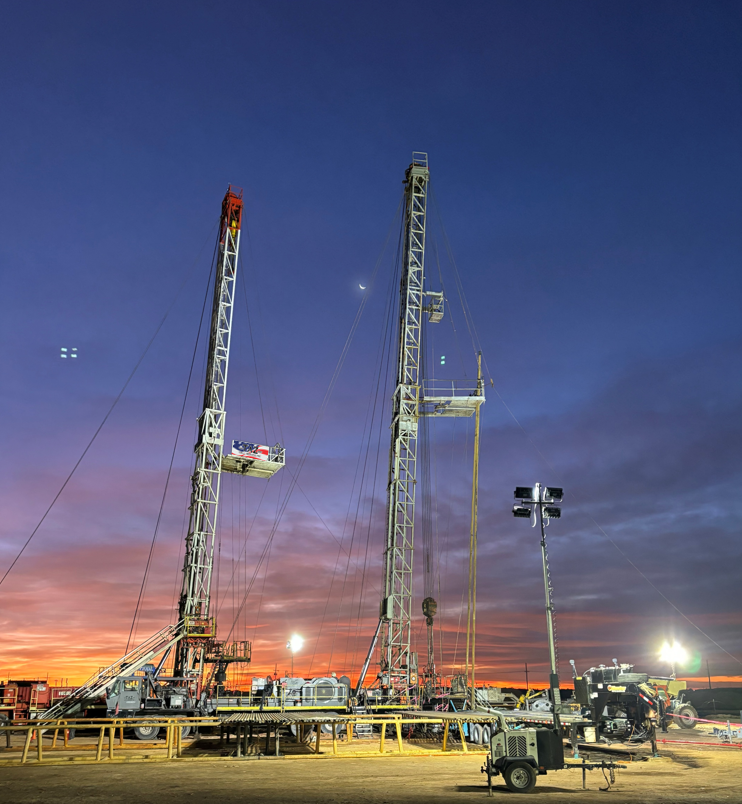As we move into February 2025, the oil and gas industry continues to adapt to an evolving landscape shaped by geopolitical shifts, trade policies, and rapid technological advancements. For operators in West Texas, developments present both challenges and opportunities in navigating production, pricing volatility, and regulatory shifts.
Crude Oil Price Trends and Tariff Impact
Oil prices have surged past $74 per barrel, driven largely by newly implemented tariffs under President Trump’s administration. The 25% tariffs on oil imports from Canada and Mexico, along with a 10% tariff on energy products from China, took effect over the weekend, raising concerns about supply disruptions, particularly from Canada, a key supplier to U.S. refineries.
Key Market Impacts:
- Canadian Oil Supply: The U.S. imports roughly 4 million barrels per day from Canada, with Midwest refineries heavily reliant on this supply. Tariffs are expected to raise costs for U.S. refiners, which could trickle down to gasoline, diesel, and jet fuel prices. WTI crude has already responded, rising 2% to $74.97 per barrel.
- Global Supply Uncertainty: While Canadian producers will take the biggest hit from these tariffs, their limited export options (due to ongoing pipeline constraints) may force them to sell at lower prices, widening the gap between Canadian crude and WTI. If trade tensions escalate further, global oil prices could face downward pressure amid concerns over slowing economic growth.
What This Means for Permian Operators:
For operators in West Texas, the immediate impact will be increased price volatility. With crude prices rising, cost control and operational efficiency will be key to maintaining profitability. These tariffs highlight the need for agility in adapting to global trade policies and shifting market conditions.
U.S. Production Growth
Despite market uncertainty, the U.S. remains the world’s top oil producer, with output projected to hit 13.5 million bpd in 2025, driven largely by the Permian. However, with refiners now facing higher costs on Canadian imports, the broader production outlook may shift as companies evaluate the impact of tariffs on profitability.
The Role of U.S. Shale:
While some expected a production surge in response to higher crude prices, many shale operators are taking a disciplined approach, prioritizing cash returns to investors over aggressive expansion. That said, the Delaware and Midland sub-basins will continue driving U.S. output growth, reinforcing the Permian’s position as a critical energy hub.
Geopolitical Impact of Trump’s Tariffs
The latest round of energy tariffs signals a broader shift in the global oil market. By imposing trade restrictions on key suppliers like Canada and Mexico, the administration is making a direct push for U.S. energy independence, but with that comes market turbulence.
Risks and Opportunities:
- Short-term Volatility: While crude prices have risen in response to the tariffs, long-term effects remain unclear. Higher costs for refiners could contribute to inflationary pressures in the U.S., and the American Petroleum Institute has warned that these policies could disrupt refining operations and drive up costs for consumers.
- Supply Chain Disruptions: The uncertainty around how these tariffs will be enforced—and whether exemptions could be granted—adds another layer of unpredictability. If tensions escalate, global supply balances could shift, pushing oil prices even higher.
Technological Advancements and Automation
While geopolitical events are shaping short-term pricing, long-term profitability will be driven by innovation and operational efficiency. Operators in West Texas are increasingly leveraging real-time data analytics, AI-driven predictive maintenance, and remote monitoring to maximize well productivity and minimize downtime.
What’s Next for West Texas:
The continued rise of automation and artificial intelligence in oilfield operations will be a major factor in maintaining efficiency and reducing costs. Service providers will need to keep pace with these advancements, ensuring their technology stack supports data-driven decision-making and operational improvements.
Looking Ahead
The oil and gas market in February 2025 presents a mixed outlook:
- Market Volatility Due to Tariffs: Operators must navigate potential price fluctuations and focus on cost efficiency to offset external pressures.
- Supply Chain Adjustments: Shifts in crude imports from Canada and Mexico could disrupt the market, requiring companies to stay nimble in adjusting production and pricing strategies.
- U.S. Production Growth: While output remains strong, producers are taking a measured approach to expansion, balancing market conditions with shareholder returns.
Final Thoughts
The industry is in a period of transition, with geopolitical developments like Trump’s tariffs creating short-term uncertainty in supply chains and pricing. However, the Permian remains a cornerstone of U.S. production, and operators who focus on efficiency, cost management, and strategic adaptability will be best positioned to navigate market shifts.
Staying informed and proactive will be key to making the most of this evolving landscape. Stay tuned for more updates as we continue to track key market trends and their impact on the oil and gas industry in West Texas.



